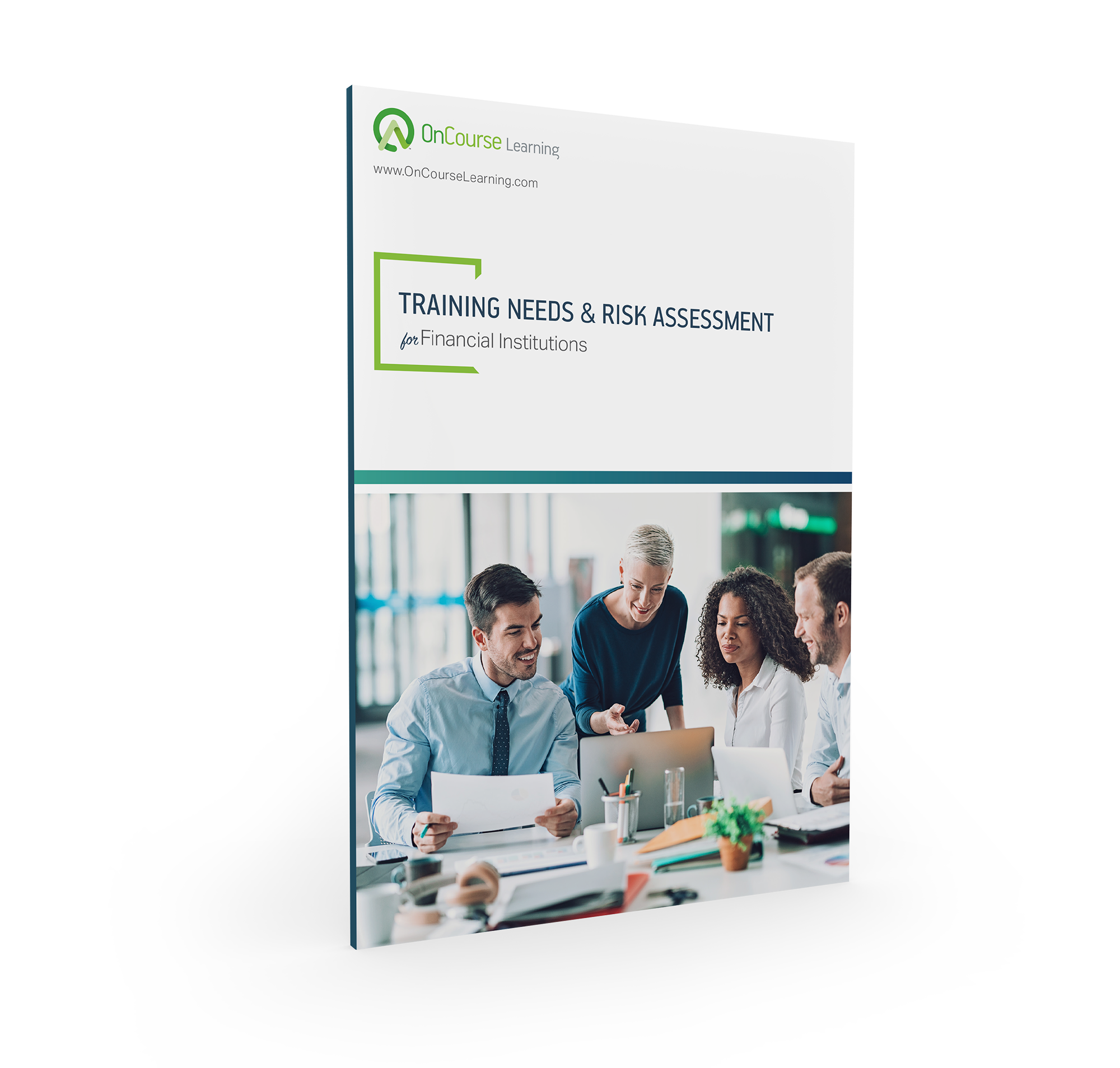It goes without saying that financial literacy and education are vital components to what we do as financial institutions. But do we truly understand why? The purpose of this article is to help you understand and embrace the ‘why’ of the need to assist our financial institution customers to increase their financial literacy and educate them on financial topics important to their lives.

What is Financial Literacy?
Investopedia defines financial literacy as “the ability to understand and effectively apply various financial skills, including personal financial management, budgeting and investing.” It’s the ability for an individual to balance a checkbook, grasp personal income taxes, and create and maintain a budget. However, there are many people who are financially illiterate where they do not have a strong understanding of how money works in their personal lives.
Do you remember taking a personal finance class in high school where you at least learned how to balance a checkbook? Today, very few states require high school students to take a course on financial literacy. That’s a scary thought. Financial literacy is a key component of life, and most individuals aren’t gaining enough knowledge in this area to be able to make wise financial decisions down the road. And, if not being taught in school, is it being taught in the home? And, if not in the home, where else? As we all can attribute, starting at an early age makes a big difference.
Here are some sobering statistics and they tell us that financial literacy is desperately needed:

- A total of 78 percent of Americans live paycheck to paycheck, according to CareerBuilder
- According to Forbes, there are 45 million borrowers who collectively owe more than $1.5 trillion in student loan debt in the U.S.
- The Federal Reserve reports credit debt is up to $1.04 trillion
Why is Financial Literacy Important?
We all want to be successful, especially when it comes to this important topic. And, we want our customers to be wise with their money and the choices that follow. You would probably agree that the benefits of financial literacy and education are far-reaching. Armed with knowledge and the skills needed to manage money empowers individuals of all ages to make smart financial decisions.
Benefits or outcomes of being financially literate include:
- Creating and maintaining a budget you can balance to each month
- Setting money aside for retirement
- Purchasing a home
- Managing debt, or even better, eliminating debt
- Saving for college
- Comparison shopping
- Evaluating loan terms
- Calculating interest
- And there are many more not mentioned here…
When it comes to our customers, we care about them. We don’t simply see our customers through a transactional lens; rather, it’s relational. And, what is one way to deepen these important relationships? Yes, financial literacy.
We can help our customers of all ages be financially literate.
Your financial institution plays a critical role. By offering a program and tools, you can help your customers have more control over their personal finances, which can lead to increased overall confidence. Having more control leads to better choices, such as less debt because the individual has a stronger understanding of the impact debt has on savings, budgeting, etc. In educating your customers, they are more than likely to set financial goals with the motivation to meet those goals.
How Does a Financial Institution Get Started?
Getting started in launching a financial literacy initiative can be overwhelming. Or, if a program is in place, it can be hard to determine if it needs some tinkering.
The National Financial Literacy Council offers a wide range of resources. Here’s an overview of how to get your financial literacy program up and running:
Get Your Education Team Trained: Ensure your training team is on the same page with objectives and methods. All being on the same page will ensure consistency in your program.
Identify and Customize (if needed) Education Resources: What outside training does your institution need to build a well-rounded and comprehensive financial literacy program? Leverage your compliance training provider for resources and course content.
Design Your Program: Build out what your financial literacy program will look like. What parts will you be utilizing resources from your compliance training provider? How can you involve your community? What partnerships does your institution already have that you can leverage to further your initiative efforts?
Create a Positive User Experience: While you design your program, keep the end-user in mind. Who are you targeting with your efforts? What format of training will resonate best with that audience? Different formats might be live in-person training, engaging animated videos, interactive quizzes or even hands on experiences.
Gather Feedback: Gather data and report on the results. You can use this feedback to further grow and scale your program year over year.
To sum up, financial literacy is an important endeavor for any financial institution. A financially literate person is less vulnerable to financial fraud and identity theft, and with a strong foundation, many financial goals can be achieved, such as saving for education and retirement, acting responsibly with debt, and running a business, to name a few. Yet, if the number of illiterate people is growing, we will see more people carry debt burdens that are not sustainable, with poor credit, or even bankruptcy or foreclosing on a home. Financial institutions can take an active role in educating their customers and making changes for the good.

Training Needs and Risk Assessment
It can be overwhelming when developing training programs across your entire organization. By taking a thoughtful approach to assessing whether your training programs are effective will not only improve your employee’s experience – but can also prove the worth of your training department within your organization.

Leave A Comment